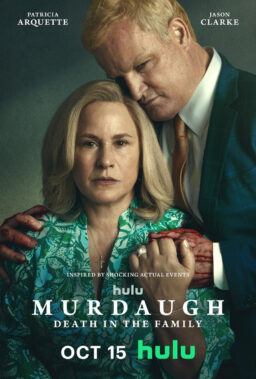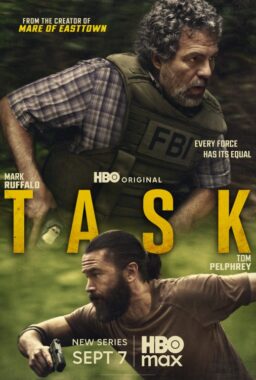In anticipation of the Academy Awards, we polled our contributors to see what they thought should win the Oscar. Once we had our winners, we asked various writers to make the case for our selection in each category. Here, Peter Sobczynski makes the case for the Best Documentary of 2017: “Faces Places.” Two winners will be announced Monday through Thursday, ending in our choices for Best Director and Best Picture on Friday.
In a perfect cinematic world, the great Agnes Varda, the grand dame of the French New Wave, would already possess an Academy Award or two for her stunning body of work, covering both narrative films such as “Cleo from 5 to 7” (1962), “Vagabond” (1985) and “Jacquot de Nantes” (1991) and acclaimed documentaries like “The Gleaners and I” (2000) and “The Beaches of Agnes” (2008). And yet, despite having been celebrated for her work throughout the rest of the world, she has never so much as scored a single Oscar nomination during her long career. Now, in a delightful twist of fate, there is an excellent chance that she will go from being perennially overlooked to only the fifth woman in the history of the awards to win two Oscars in the same year. A couple of months ago, she received a much-deserved Honorary Oscar as a tribute to her groundbreaking work as a filmmaker and now her latest film, “Faces Places,” looks likely to win the Best Documentary prize and make her, at 89, the oldest winner of a competitive Academy Award to date. This would be wonderful news for cineastes around the globe as is but the fact that the film itself is an absolutely delight that is fully deserving of such a prize makes it all the sweeter.
The film is a collaboration between Varda and the noted photographer and muralist known only as JR (who also shares the directing credit) that observes them as they undertake an art project that finds them driving around throughout France in a specially equipped truck that serves as a photo booth and printing machine and taking photos of the people that they meet along the way—ranging from the bell ringer at a small church to a waitress to the wives of a group of dockworkers—and using jumbo-sized prints of the pictures as the basis for celebratory murals that they then put up on buildings. In cinematic terms, it may not be especially groundbreaking but as we see Varda and JR as they interact both with their subjects and with each other, it serves as a lovely illustration about the importance of embracing the unknown and reaching out to each other, regardless of race, class or age, both in life and in art. Speaking of age, the inevitability of aging is another recurring theme on display that crops up in ways ranging from a visit to JR’s 100-year-old grandmother to a painful sequence in which Varda goes to a doctor to receive injections in her eye to combat a disease that is causing her to gradually go blind.
Varda turns out to be the true center of the film. Watching her playfully interact with JR or simply singing along as “Ring My Bell” plays in the car, she is an absolute delight but there are more somber and reflective moments to be had as well that culminate with an extraordinary sequence in which she and JR set off to visit the home of Jean-Luc Godard, whose name had been a bit of a running gag previously (with Varda telling JR that his ever-present sunglasses remind her of the ones Godard wore back in the day) but who now inspires a jumble of memories about the old days that inevitably include thoughts about her late husband, Jacques Demy, as well. I will not divulge how this particular journey ends except to say that it is unexpected, fascinating and moving in equal measure and helps to underline the film’s notion of embracing the unknown. This is a great film from a great filmmaker and if Varda does win the Oscar, do not choose that moment to leave the room—I am certain that her acceptance speech will be one of the genuine highlights of the night.












